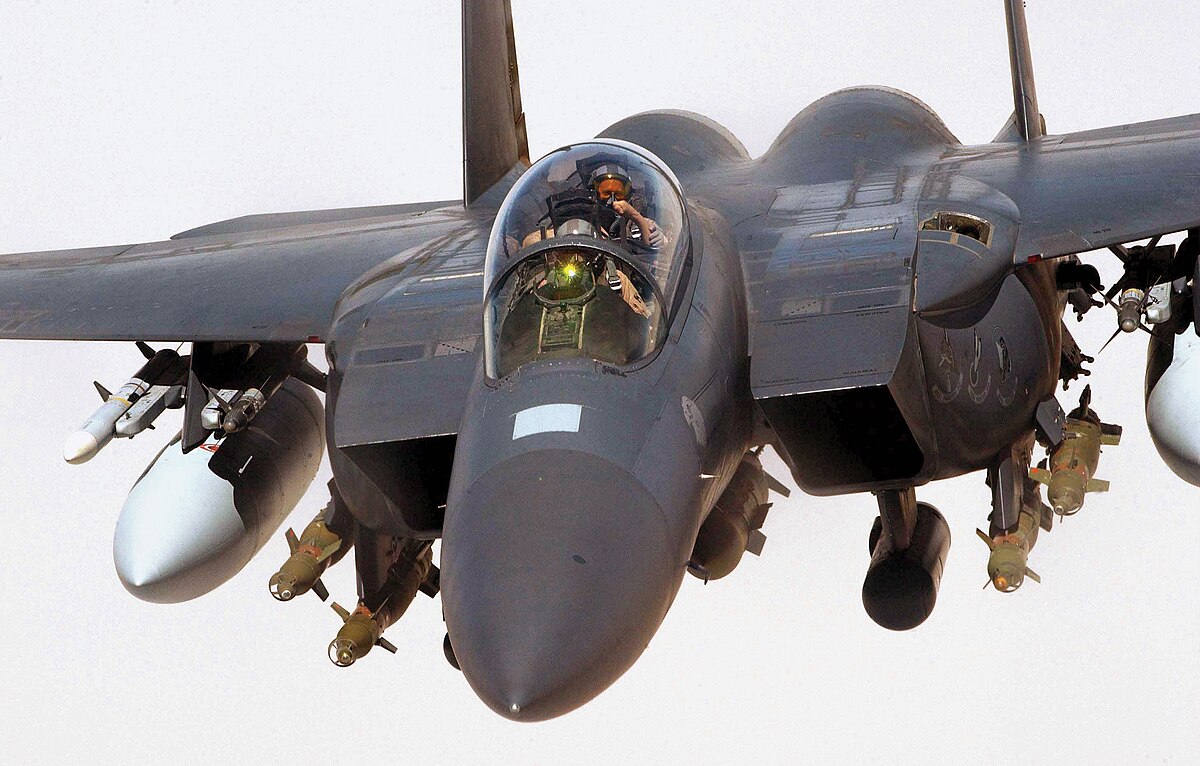GreenKnight121
Staff Sergeant
- 913
- Mar 16, 2014
I aways liked the look of the wing top missiles on the Sepcat Jaguar.
View attachment 759713
The over-wing pylons also are useful for system pods.
View attachment 759715
The Jaguar is one of my favourite aircraft of the 1980s. With its arrestor hook, good short runway capabilities, twin 30mm cannons and Martel antiship missiles, a squadron or two would have done nicely pre-war at the Falkland's.
I bet Ukraine could do wonders with the Jaguar even today.
Missed the bolded part before... it definitely tripped an alarm this time.
First I've heard of this... the normal comment I've heard about the Jaguar's runway performance is along the lines of "Jaguar takes off by the earth curving away below it".
Here is an interview with a former RAF Jaguar pilot (Peter Day*): I flew the Cold War Jaguar fighter-bomber
He gives a slightly differently-worded but essentially identical comment as mine above:
Describe the Jaguar in three words
"Comfortable, ergonomic, underpowered.
Complete this sentence: The Jaguar needed…
"More development in all areas."
What was the best thing about the Jaguar?
"Relative ease of day visual single seat operation at low level (LL)."
..and the worst?
"Lack of thrust."
Take-off/landing performance
"Landing first, easy, precise (⍺), brake parachute equipped with big brakes – excellent! Take-off has been variously described as due to the curvature of the earth and was certainly an Operations Manual reference event depending on entropy, configuration and airfield. Reliance on 'clear wing' after engine failure would be operationally standard. Full reheat was standard and operational formation take-offs would be a race to the first waypoint."
Did it have enough power?
"There was never enough power and the Adour, an Anglo/French cooperation, was optimised for high take-off thrust in reheat, good specific fuel consumption, providing a high speed dash capability and was to be changeable in 30 minutes! Good job there were two. Engine improvement were forthcoming including 'part throttle reheat' (PTR) to improve single engine handling, arguably also survivability, allowing reheat at less than maximum engine N1 rpm. Eventual Adour marks improved all engine performance aspects but there was rarely spare power, depending on the configuration."
Climb rate
"Totally weight and configuration dependent but the clean aircraft at 10 tonnes had a T/W of 0.5 similar to a Hawker Hunter, and climbed to 30,000ft in just over 1 minute. Fully war configured time to height was fairly pitiful and very fuel consuming."
* Peter Day's resume:
Jaguar Conversion Unit (226 OCU) Jun – Sep 1974
No 6 Sqn RAF Coltishall Oct 1974 – Apr 1977 'Flying Can-openers'
No 14 Sqn RAF Bruggen May 1977 – Aug 1980 'Crusaders'
HQ RAFG Jaguar Staff Officer Sep 1980 – Feb 1983
1500+ flight hours Jaguar
Last edited:



